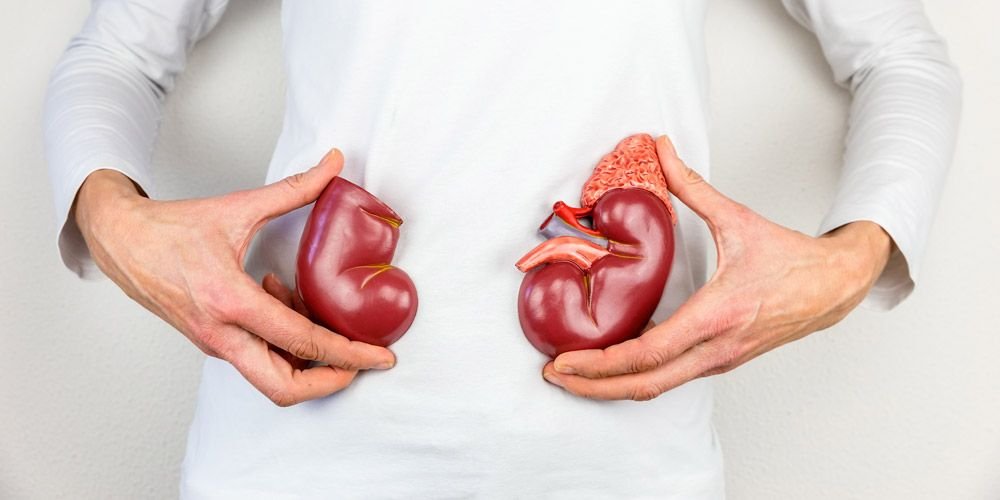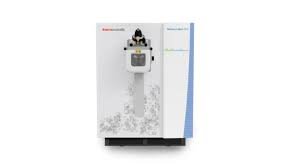Thursday, 13 November 2025
Midsection fat influences survival rate in ladies with kidney disease—yet not men
Abdominal fat linked to shorter survival. Belly fat affects the odds of women surviving kidney cancer but not men, according to a new study by researchers at Washington University School…

Abdominal fat linked to shorter survival. Belly fat affects the odds of women surviving kidney cancer but not men, according to a new study by researchers at Washington University School of Medicine in St. Louis.
Half of female kidney growth patients with generous stomach fat at the season of conclusion kicked the bucket inside 3 1/2 years, while the greater part of ladies with little tummy fat were as yet alive 10 years after the fact, the scientists found. For men, the measure of stomach fat seemed to have no effect in to what extent they survived.
The discoveries propose that kidney growth may create and advance distinctively in ladies than men.
“We’re simply starting to ponder sex as a critical variable in disease,” said senior creator Dr. Joseph Ippolito, a teacher in radiology at Mallinckrodt Institute of Radiology at the School of Medicine. “Men and ladies have altogether different digestion systems. A tumor developing in a man’s body is in an unexpected situation in comparison to one becoming inside a lady, so it’s not astonishing that the malignancies carry on diversely between the genders.”
The examination is accessible online in the diary Radiology.
Overabundance weight is a noteworthy hazard factor for the advancement of kidney tumor, however it doesn’t really predict a poor result. Or maybe, the new examination proposes that to what extent a patient makes due after analysis is connected not to add up to fat but rather to the circulation of muscle to fat ratio, at any rate for ladies.
Most strategies for assessing muscle versus fat depend on only a man’s tallness and weight. Be that as it may, not all fat is the same. The kind you can press – called subcutaneous fat – is by all accounts for the most part safe. In any case, instinctive fat, which exists in the mid-region and encases inside organs, has been related with diabetes, coronary illness and numerous sorts of tumor.
Instinctive fat sits too somewhere inside the guts to be estimated precisely with a measuring tape around a man’s midsection. Rather, Ippolito and associates examined cross-sectional CT checks, which are routinely performed on individuals recently determined to have kidney growth to quantify the extent of tumors and to search for metastases. Subcutaneous and instinctive fat are situated in various regions of the body on a CT filter, making it conceivable to compute the extent of each.
The analysts examined pictures from 145 men and 77 ladies with kidney malignancy. The sweeps were drawn from The Cancer Imaging Archive, a gathering of statistic, clinical and imaging information on many growth patients.
The analysts found that half of the ladies with high instinctive fat kicked the bucket inside 3 ½ years of finding, while the greater part of the ladies with low instinctive fat were as yet alive following 12 years. Ladies regularly increase instinctive fat after menopause, however the connection still held subsequent to redressing for age.
For men, there was no relationship between’s instinctive fat and length of survival.
“We know there are contrasts in solid male versus sound female digestion,” Ippolito said. “Not just as to how the fat is conveyed, however how their cells utilize glucose, unsaturated fats and different supplements. So the way that instinctive fat issues for ladies however not men recommends that something unique is going on other than simply overabundance weight.”
That “something different” could lie in the tumor cells themselves. Tumor cells incline toward sugar as a fuel source, however some have all the more a sweet tooth than others. An eager for sugar tumor regularly spells inconvenience for patients.
Utilizing information from The Cancer Genome Atlas, the analysts broke down the quality articulation profiles of tumors from 345 men and 189 ladies determined to have kidney disease. The two men and ladies were more averse to survive if their tumor cells had exchanged on the qualities related with expending sugar, or glycolysis. Men whose tumor cells showed low glycolysis survived a normal of 9 ½ years, though those with high-glycolysis tumors made due for just six years by and large.
The analysts discovered 77 ladies with coordinated imaging and quality articulation information, so they consolidated their investigations of instinctive fat and glycolysis.
About a fourth of the ladies had a high measure of instinctive fat and tumors whose glycolysis qualities were essentially dynamic. Those ladies survived just two years after finding all things considered. Strikingly, of the 19 ladies who fell into the low instinctive fat and low glycolysis classification, none passed on before the finish of the examination, which secured a traverse of 12 years. There was no gathering of men with a likewise ruddy anticipation.
“We found there’s a gathering of ladies that is doing extremely ineffectively in respect to every other person, and a gathering that is doing extremely well,” Ippolito said. “Our information recommend that there is a potential cooperative energy between the patient’s instinctive fat and the digestion of their tumor. That can be a beginning stage to make sense of how to better treat ladies with kidney malignancy. We would not have found this in the event that we had been taking a gander at men and ladies together.”
News adapted from a Washington University School of Medicine news release.
Technology
MENU ORDER AI to launch app aimed at GLP-1 users and health-conscious diners
Nov 10, 2025 | Company News
Harnessing Quantum AI for Greener Minds and Healthier Futures
Nov 10, 2025 | Interaction
Intertek acquires Costa Rican testing business Suplilab
Nov 07, 2025 | Company News
Food Testing
Intertek acquires Costa Rican testing business Suplilab
Nov 07, 2025 | Company News
Thermo Fisher Scientific launches Orbitrap mass detector for food safety testing
Oct 24, 2025 | Company News
ADM advances quality capabilities with opening of new Central Milling Laboratory
Oct 16, 2025 | Company News
More Popular
HEINEKEN opens new brewery in Brazil
Nov 12, 2025 | Beverages
Remilk and Gad Dairies introduce The New Milk in Israel
Nov 12, 2025 | Beverages
Ochre Spirits closes seed round led by Ah! Ventures to build next-gen beverage house
Nov 12, 2025 | Beverages





